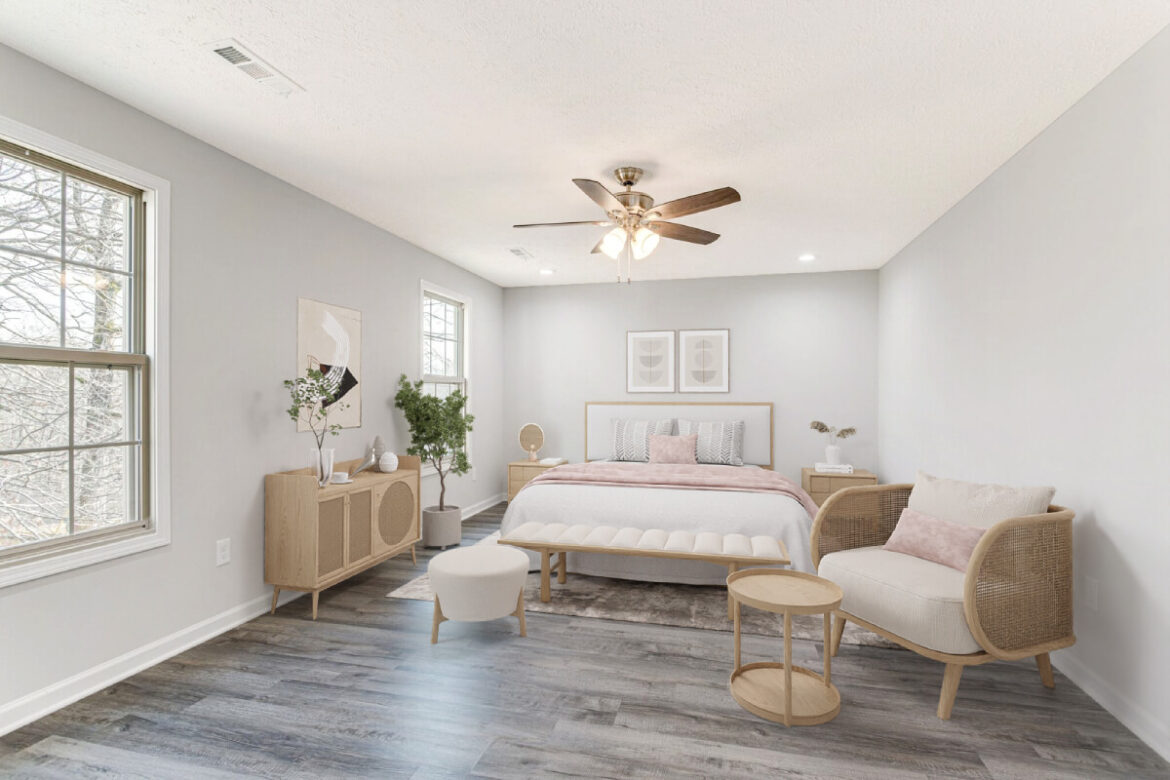The Scandinavian style, also known as Nordic design, originates from the Scandinavian countries. It embraces a philosophy of minimalism, functionality, and harmony with nature. The style is very functional and efficient without heavy elements; only what is required is employed. This style is defined by clean lines, uncluttered spaces, and a neutral color palette, which creates a calm and simple environment. In the Scandinavian style, natural elements like wood and stone enhance the connection to nature, while plentiful natural light creates a feeling of openness and tranquility. In today’s market, Scandinavian style in virtual staging helps you blend Nordic elements with digital technology elegantly and make the properties’ pictures more attractive. This design can change a space into an enticing setting that impresses your target audience.
This article will discuss the various elements of the Scandinavian style in virtual staging and how they can be used to create appealing pictures for real estate marketing.
Table of Contents
Origin of Scandinavian Style
The roots of the Scandinavian style can be traced back to the early 20th century when a design movement known as “Scandinavian Modern” began to take shape in the Nordic countries of Denmark, Norway, Sweden, Finland, and Iceland. This style developed as a reaction to the ornate and complex layout patterns that dominated the European scene at the time. The Scandinavian style is known for its minimalist and functional approach and focuses on simplicity and the use of necessities.
The scandinavian style (also known as democratic design) combines the subtle decorative qualities of early 20th-century art movements with the clear lines of interwar art movements to create an elegant aesthetic. It often attempts to provide items that are easily accessible and affordable for the general public.
Scandinavian design exhibitions influenced European and North American modernism which is a blend of new trends, clean forms, and old Scandinavian traditions.
The geographical and cultural context of the Scandinavian region played a significant role in shaping the style as well. The long, dark winters and abundant natural resources influenced the emphasis on creating warm and cozy interiors that embraced natural light and incorporated natural materials like wood, stone, and leather. Scandinavian design is known for its connection to nature and celebration of handcrafted work.
Despite that, the Scandinavian design is not limited to bowed wood furniture in various hues of white and patterns and shapes inspired by nature. Splashes of color have long been a prominent feature of Nordic interiors.
People influencing Scandinavian style
The Danish architect and designer Arne Jacobsen was influential in developing the Scandinavian style. His innovative furniture designs, such as the iconic Egg Chair and Swan Chair, symbolized the Scandinavian Modern movement. Other prominent designers and architects, such as Alvar Aalto from Finland and Hans Wegner from Denmark, also played instrumental roles in shaping the aesthetic and philosophy of the Scandinavian style.
Scandinavian Style in the 21st Century
The Scandinavian design aesthetic has flourished in the 21st century, having its main status. It has embraced sustainability by incorporating materials from responsible sources and eco-friendly practices. The classic white and neutral color palettes are still prevalent, but the contemporary Scandinavian design has also embraced bold colors and lively patterns. Mixing natural textures with sleek modern elements has become a characteristic feature.
The scope of Scandinavian design has expanded beyond furniture and product design to incorporate a broader application of principles and processes to address contemporary challenges and opportunities. This development parallels the dynamic transformations occurring within Scandinavian society.
The 21st century has witnessed the evolution of Scandinavian design, characterized by an emphasis on sustainability, expanded color palettes, and an integration of natural textures and modern elements. It continues to captivate with its timeless elegance, functionality, and connection to nature. The aesthetic remains versatile and adaptable to contemporary design trends. The Scandinavian style in the twenty-first century is evidence of its lasting influence, as it inspires designers and attracts a global audience.
In addition, technology has been seamlessly incorporated into Scandinavian design, with virtual staging being used to showcase interiors and transform property presentations. Scandinavian style in virtual staging is a popular choice for real estate marketing as it can showcase a property in a sophisticated and modern way.
Characteristics of Scandinavian Style
Minimalism
The Scandinavian style embraces minimalism, with clean lines, uncluttered spaces, and a focus on essential elements. It promotes simplicity and the removal of excess, creating a sense of calm and serenity.
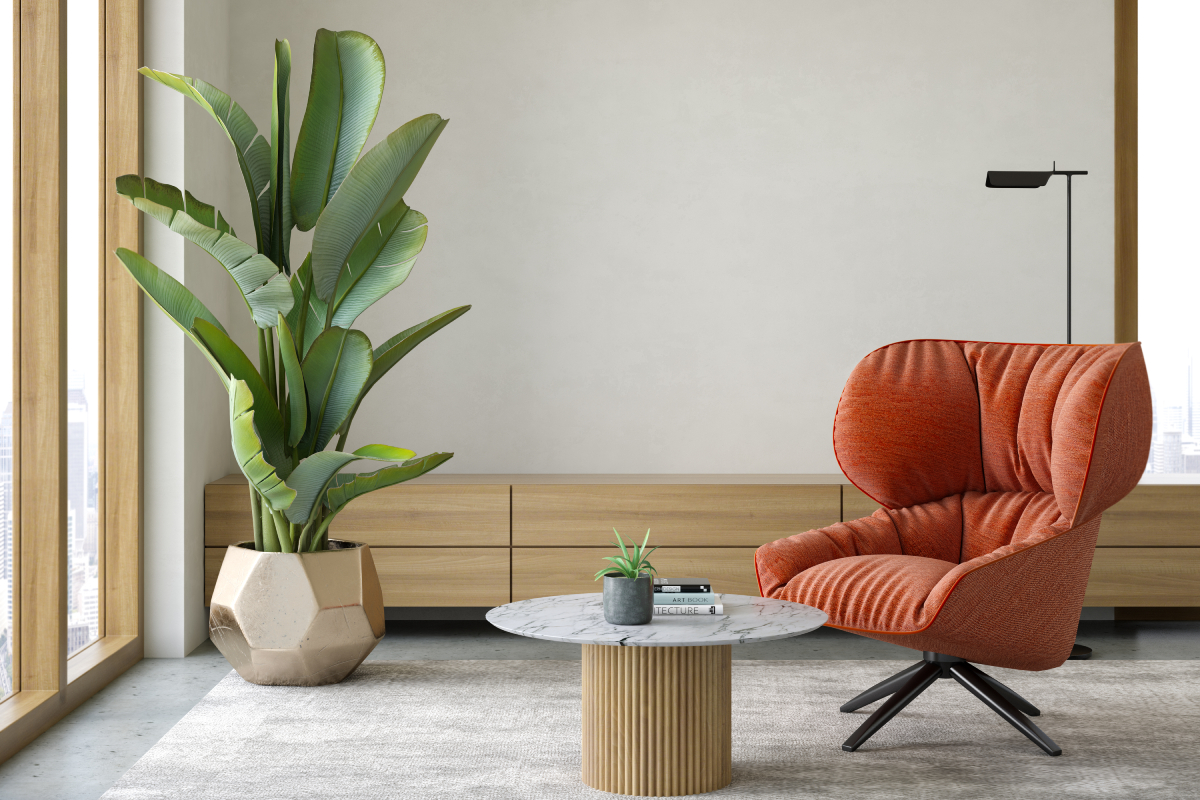
Functionality
Functionality is a crucial principle of Scandinavian design. Furniture and objects are aesthetically pleasing and serve a practical purpose. Designs often prioritize utility, maximizing space and usability.
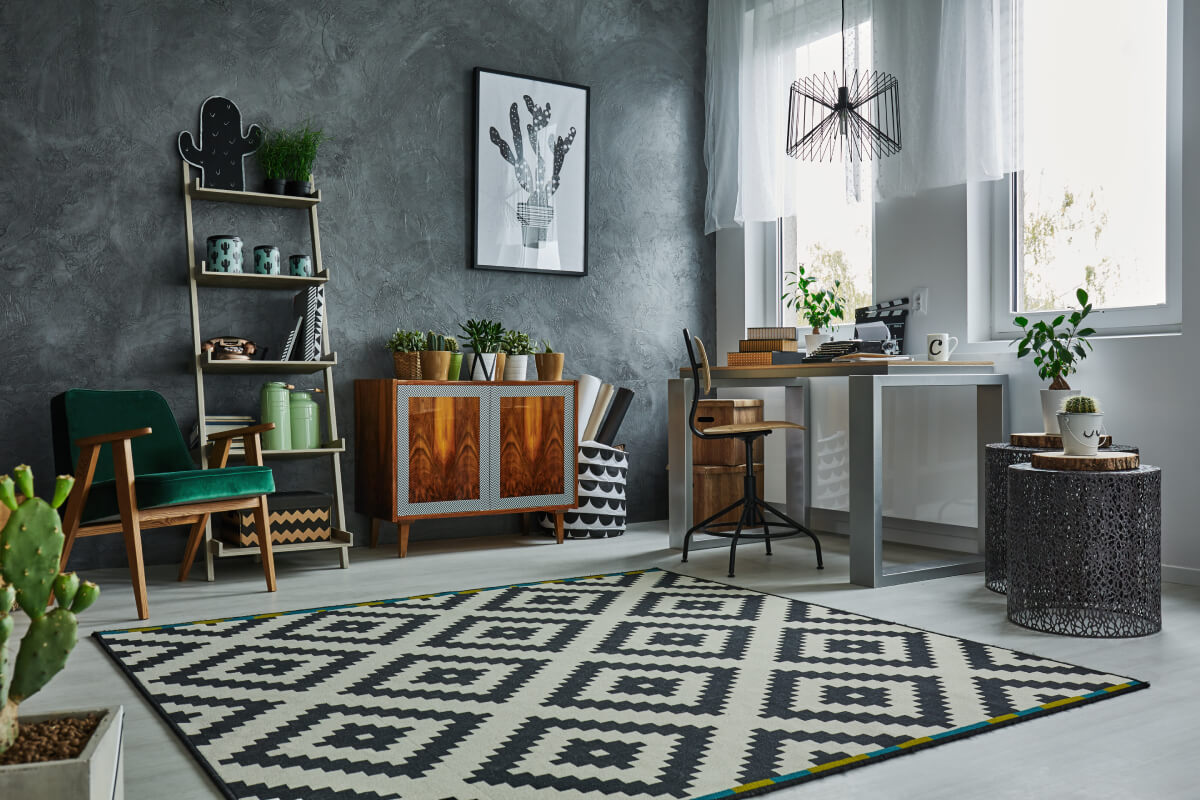
Natural materials
The Scandinavian style incorporates natural wood, stone, and leather materials. These elements bring warmth, texture, and a connection to nature into the space, creating a welcoming and organic atmosphere.
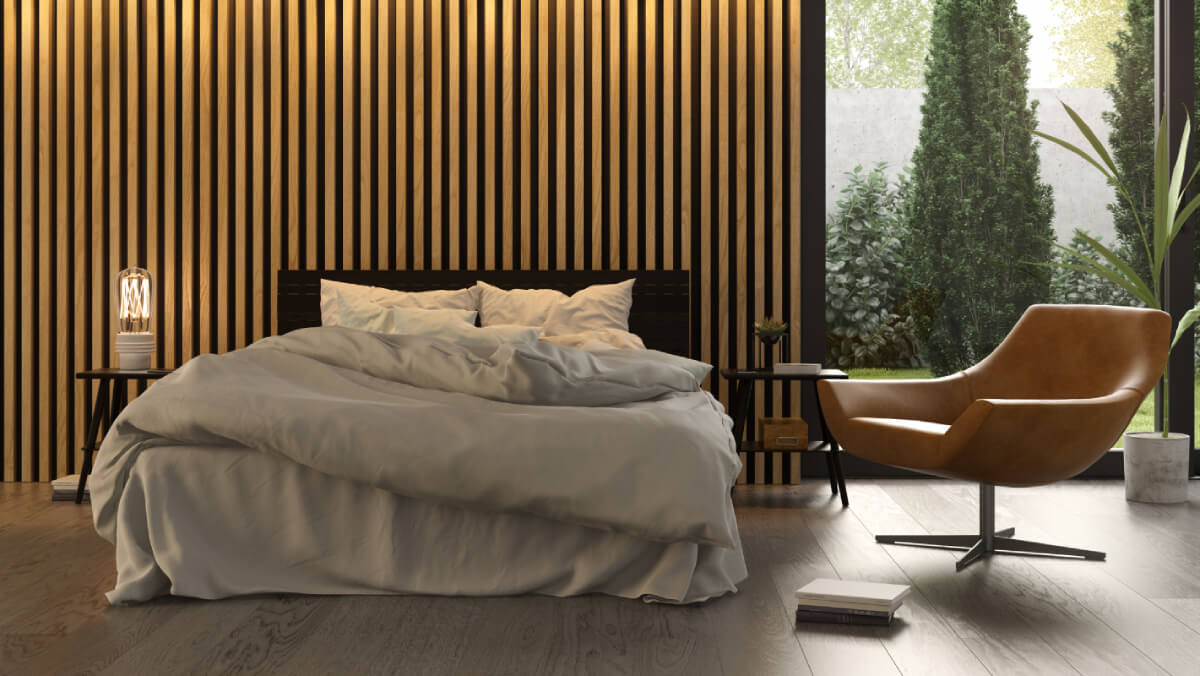
Neutral color palette
The color palette of the Scandinavian style is typically neutral, featuring whites, soft grays, and muted pastels. These colors create a light and airy ambiance, allowing other design elements to stand out while promoting a sense of tranquility.
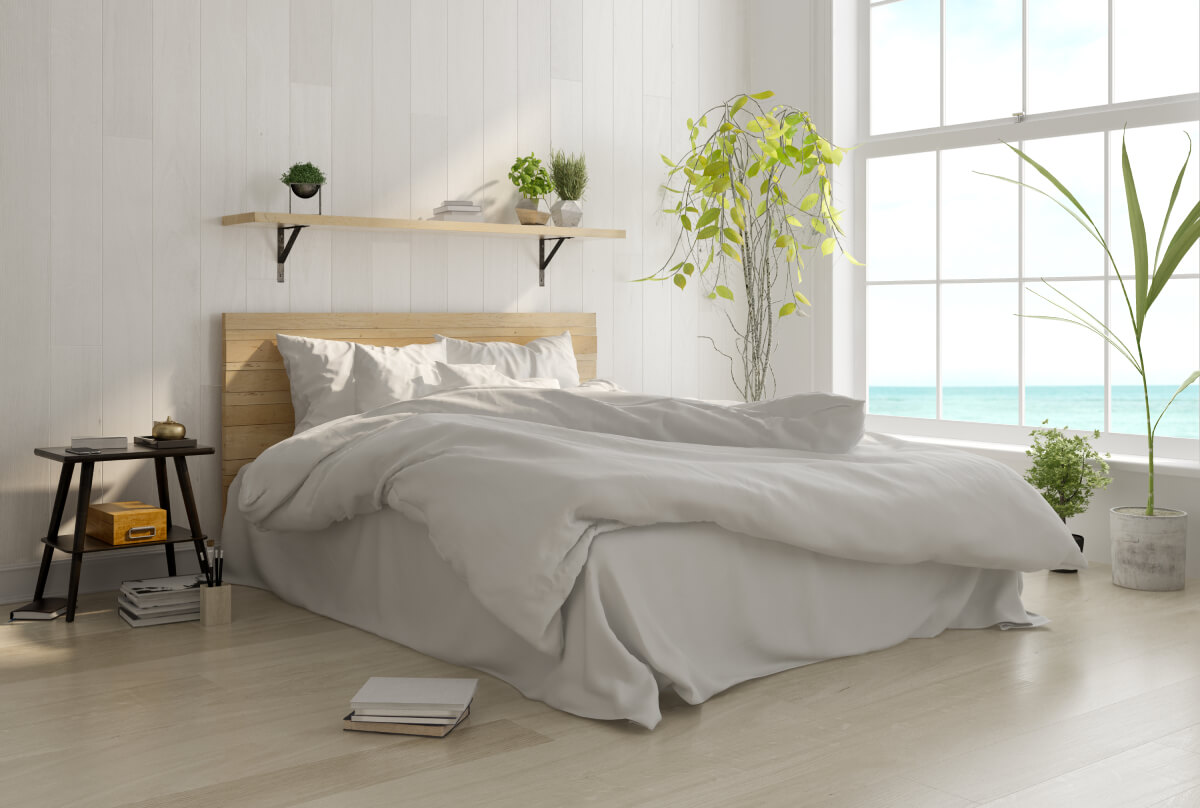
Abundant natural light
Scandinavian interiors emphasize the use of natural light. Large windows, minimal window treatments, and strategically placed mirrors maximize the entry of daylight, making spaces feel bright, open, and connected to the outdoors.
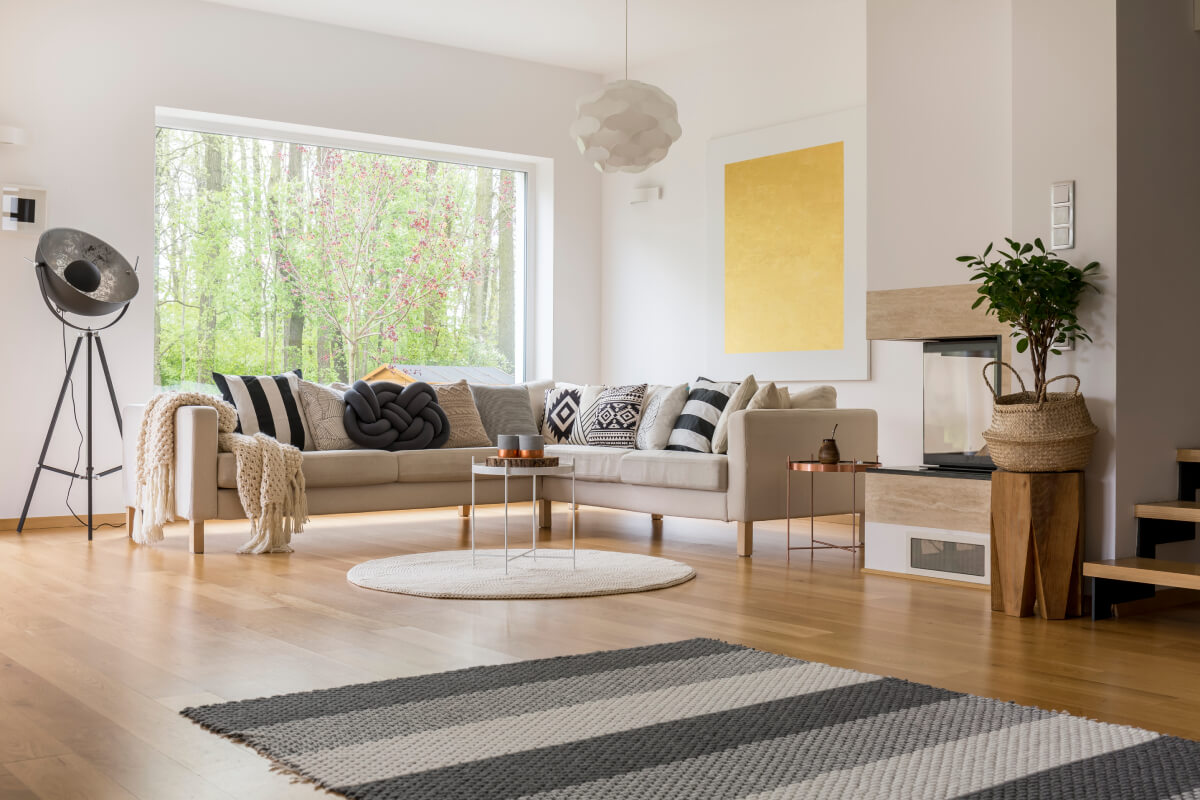
Cozy textiles
The Scandinavian style incorporates cozy textiles like knitted blankets, soft rugs, and plush cushions to counterbalance the minimalist aesthetic. These elements add warmth, comfort, and a sense of hygge (a Danish concept of coziness) to the space.
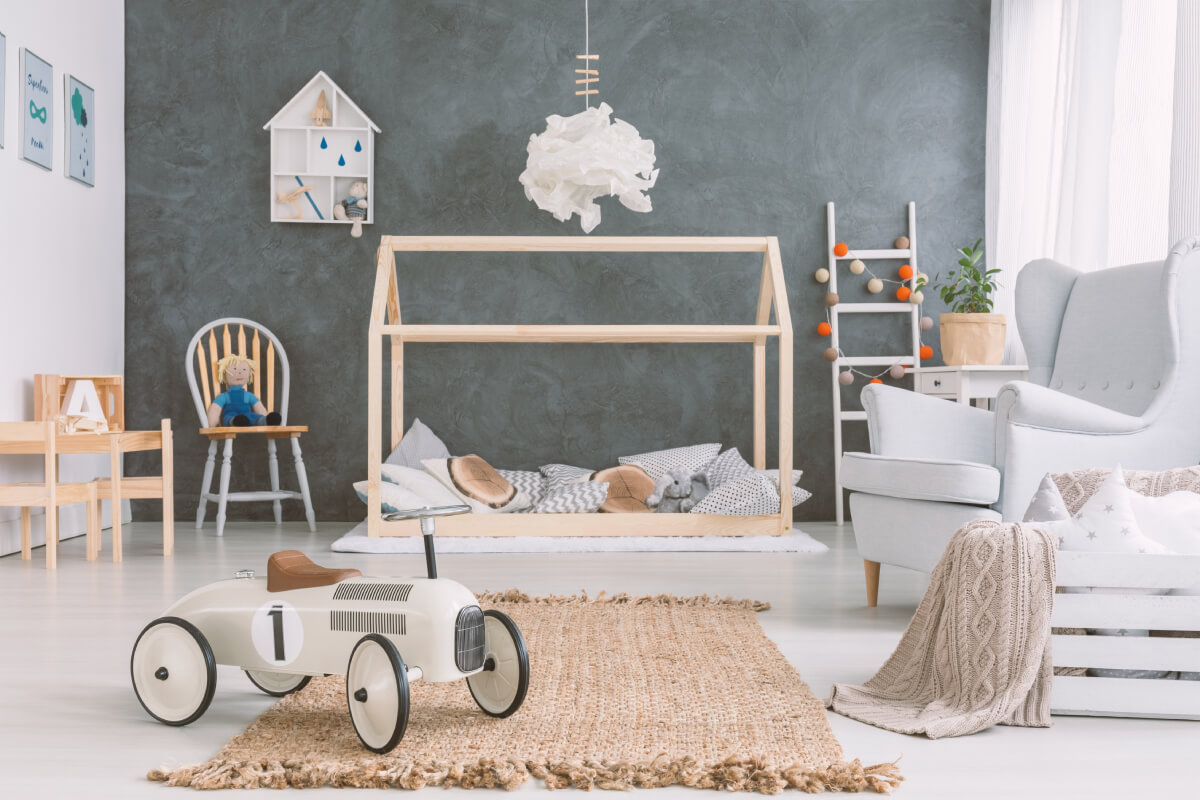
Harmonious contrast
Scandinavian design often features a harmonious contrast of materials and textures. The contrast between smooth and uneven surfaces, light and dark elements, and modern and rustic finishes creates visual interest and depth in the space.
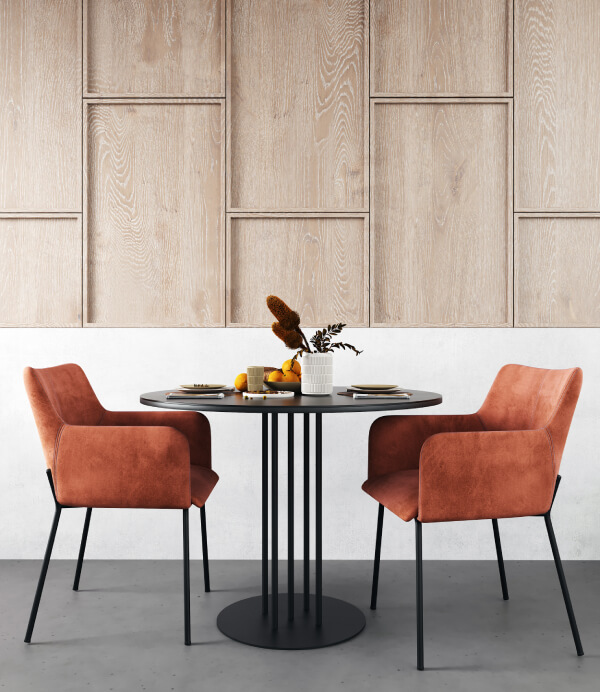
Organic shapes
The Scandinavian style embraces organic shapes inspired by nature. From curvilinear furniture to natural-inspired forms in decor and lighting, these shapes add softness and create a sense of harmony and balance.
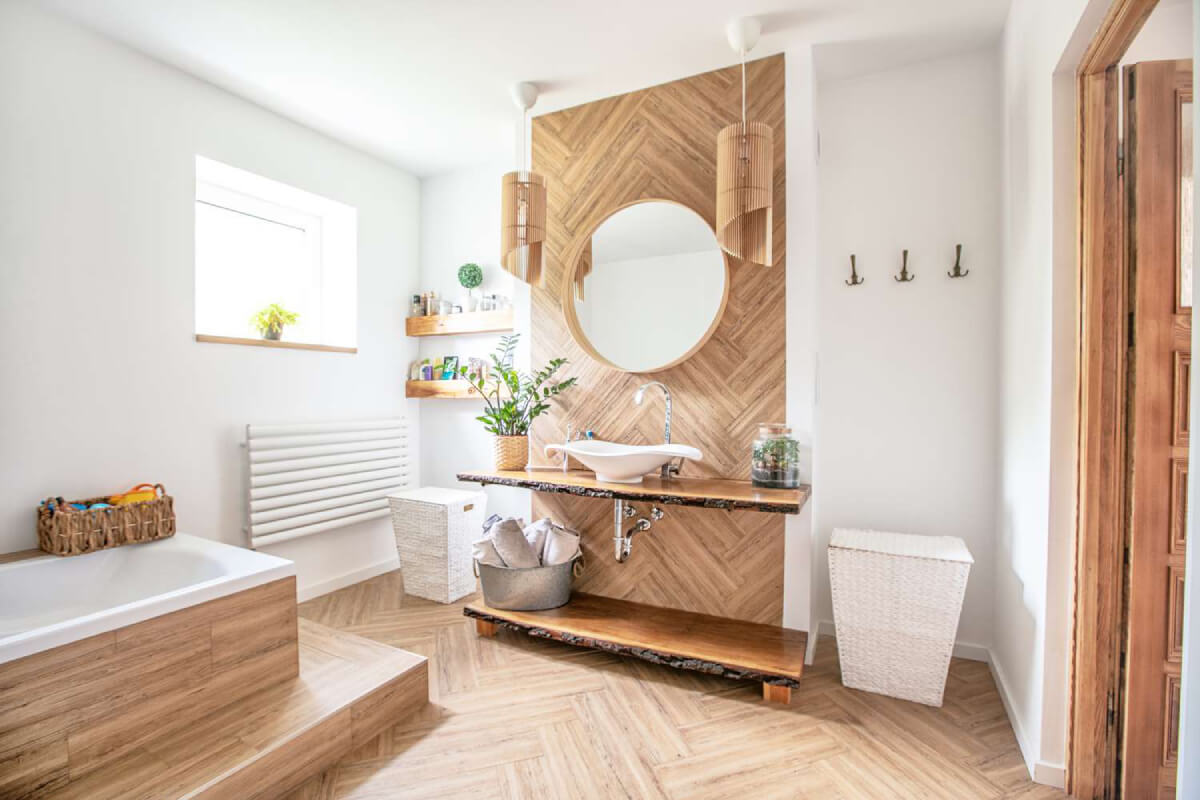
Emphasis on craftsmanship
Scandinavian design highlights the importance of craftsmanship and quality. Attention to detail, fine craftsmanship, and perfect finishes are valued, resulting in timeless and enduring designs.
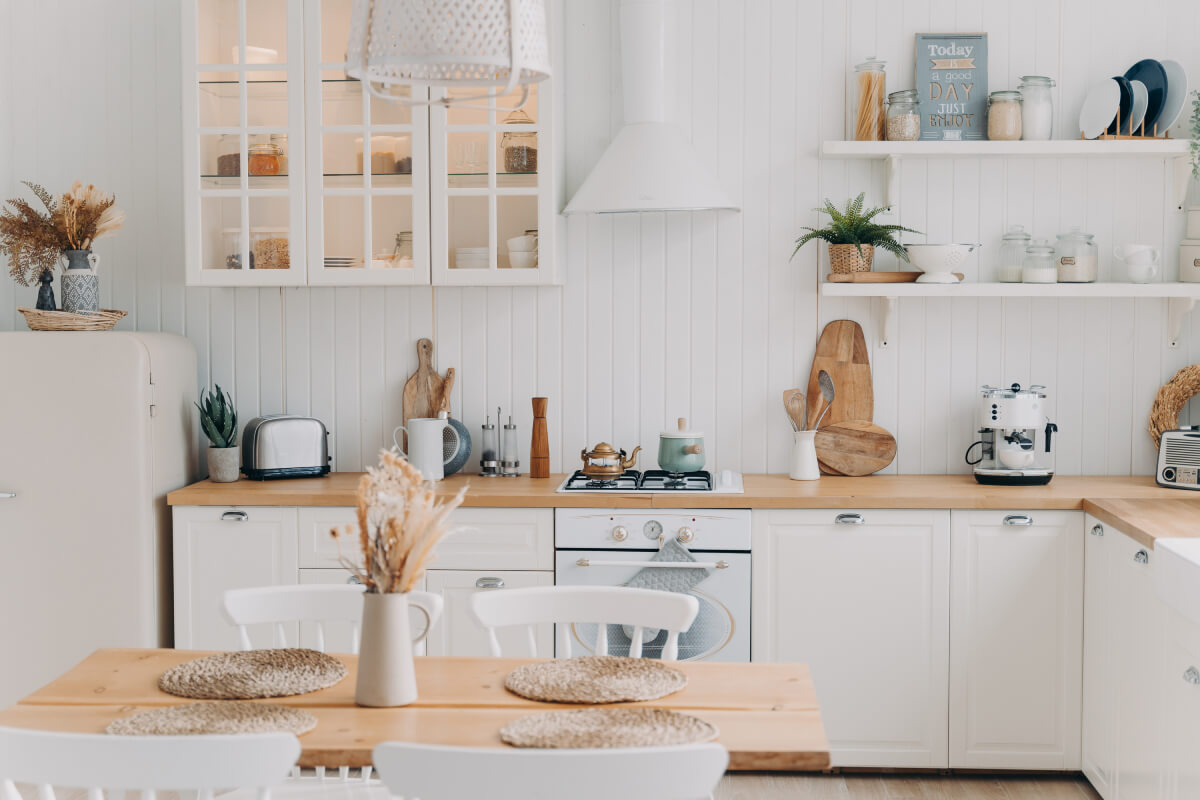
Virtual Staging with Scandinavian Style
Scandinavian style in virtual staging has become increasingly popular in real estate marketing, as it can showcase a property elegantly and, also, in a sophisticated fashion. It brings its harmonious aesthetics to virtual staging, enhancing property presentations and captivating potential buyers.
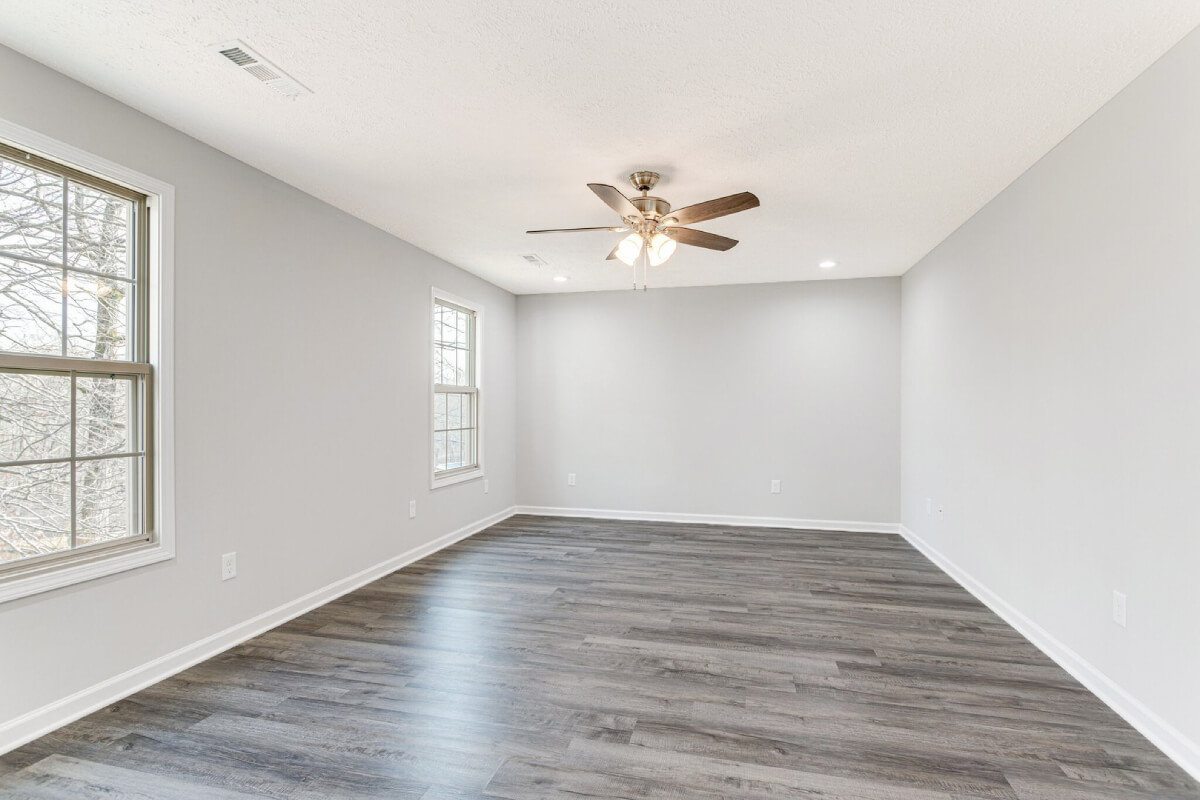
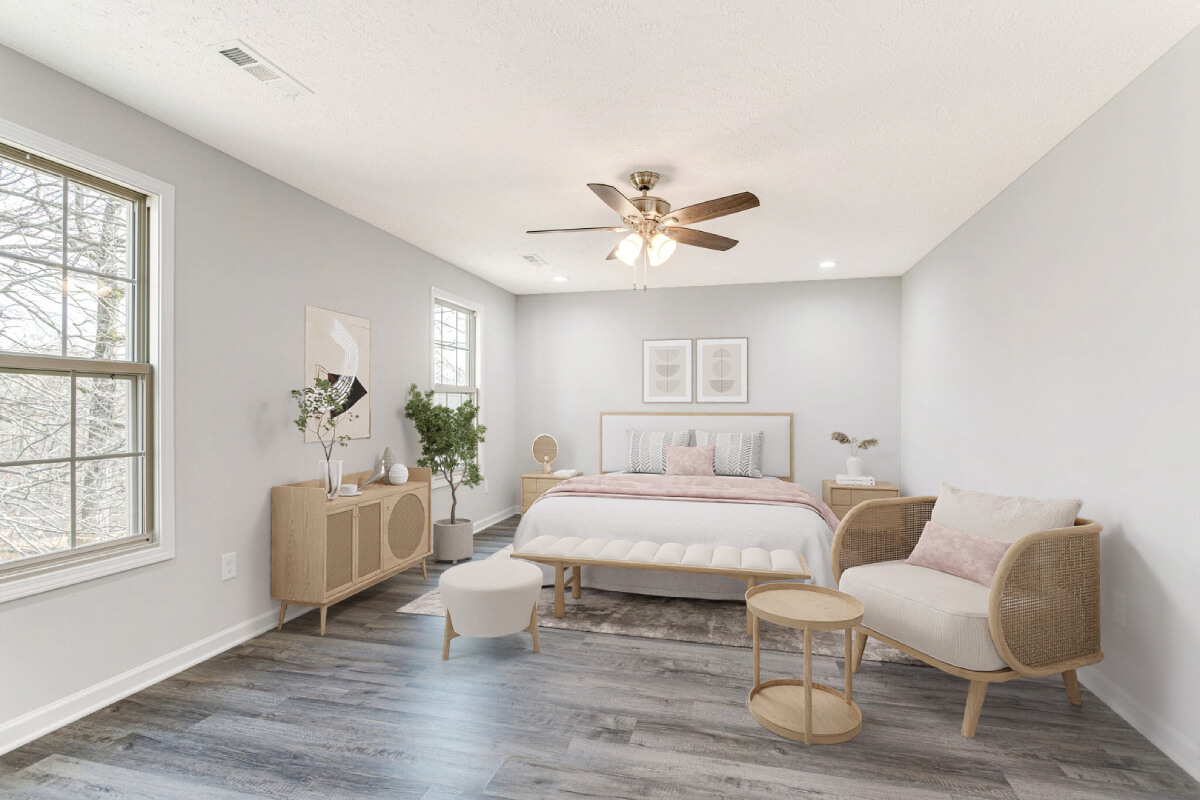
Virtual Scandinavian-style staging transforms the bedroom into a serene and inviting sanctuary. Minimalist furnishings, such as a sleek platform bed with clean lines and a neutral color palette, create a calm and uncluttered atmosphere. Soft textiles like a fluffy duvet, cozy throw pillows, and a textured area rug add warmth and comfort. Incorporating natural materials, such as a wooden bedside table and touches of greenery, connects the space to nature.
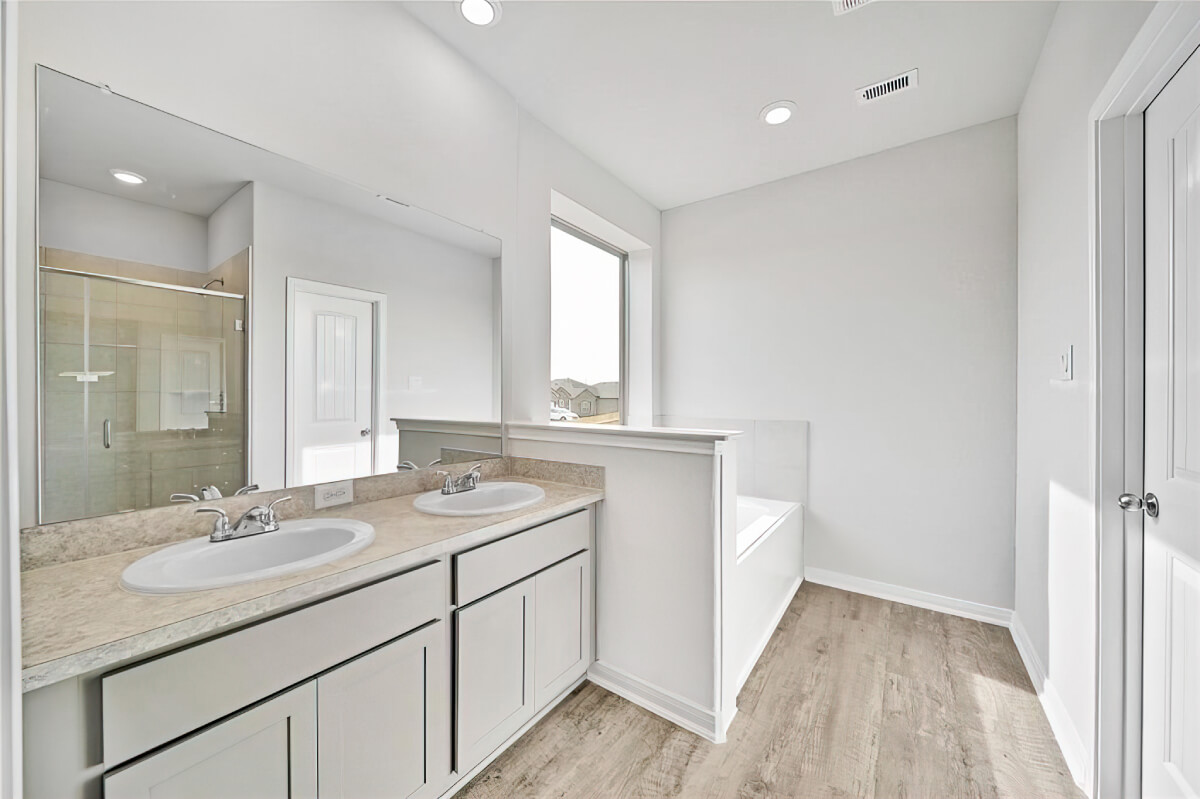
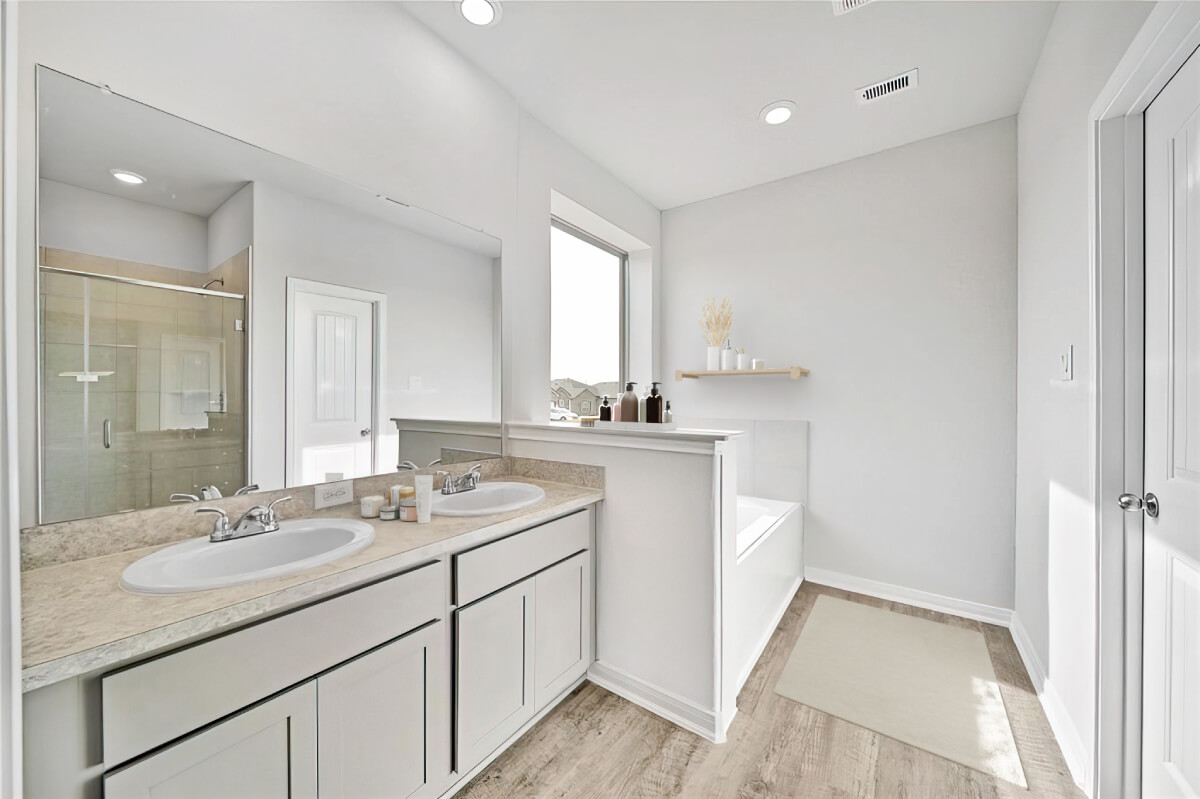
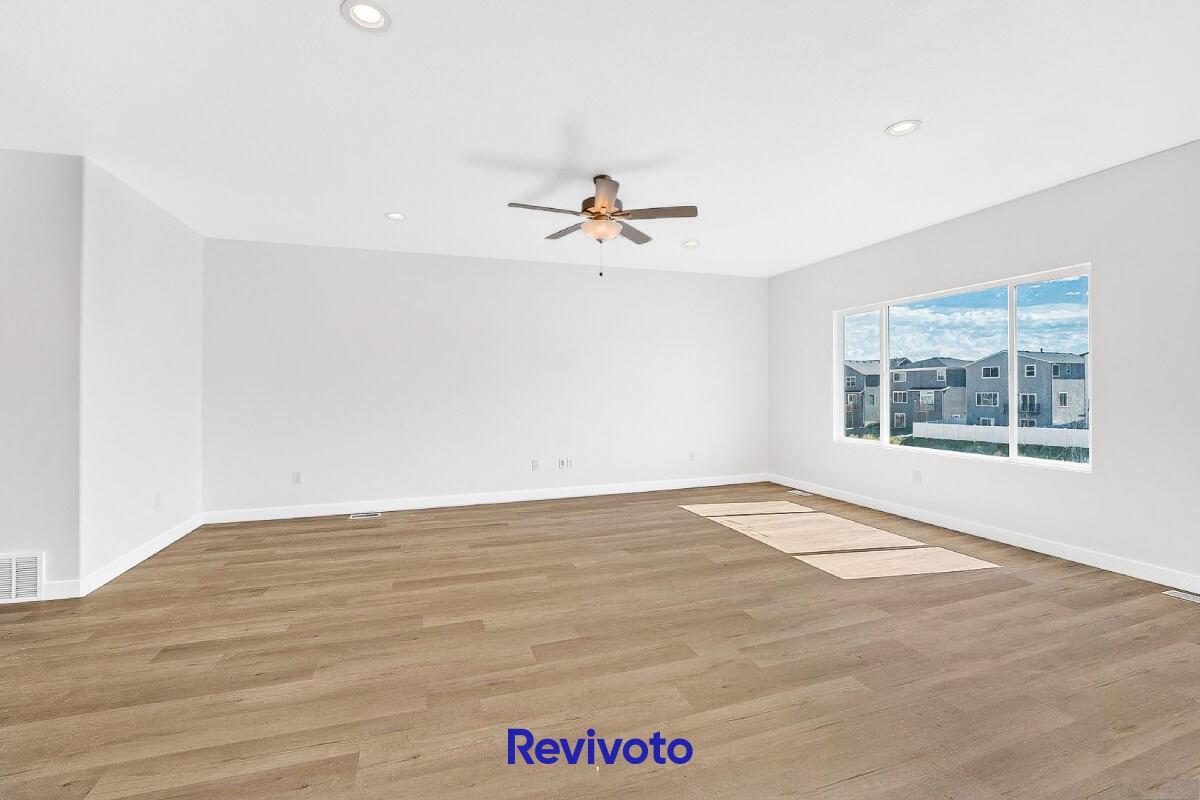
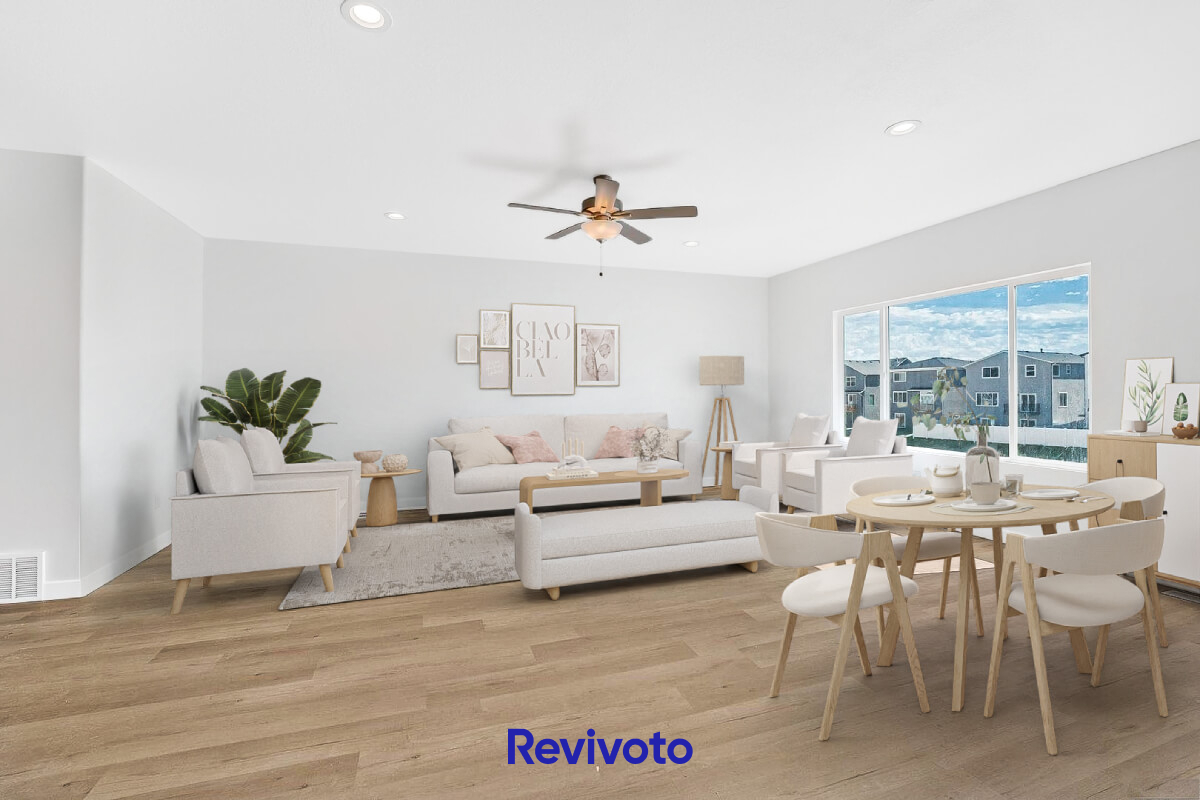
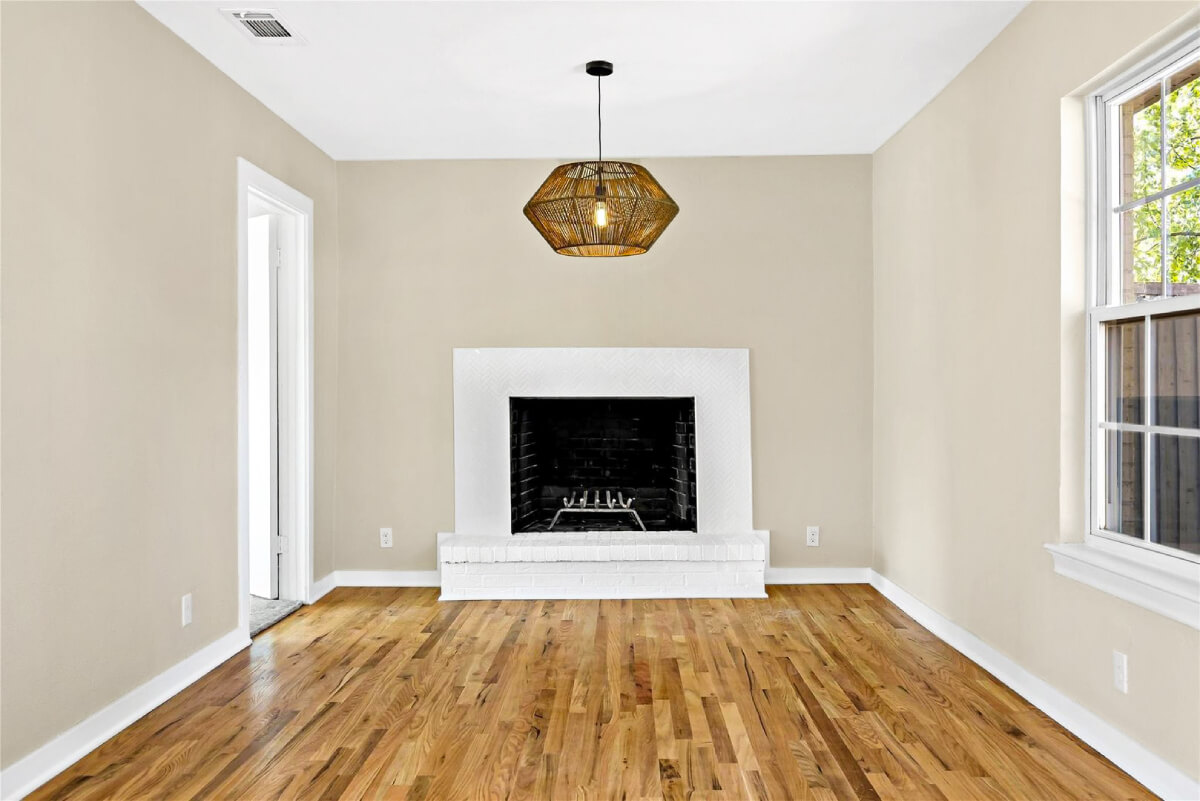
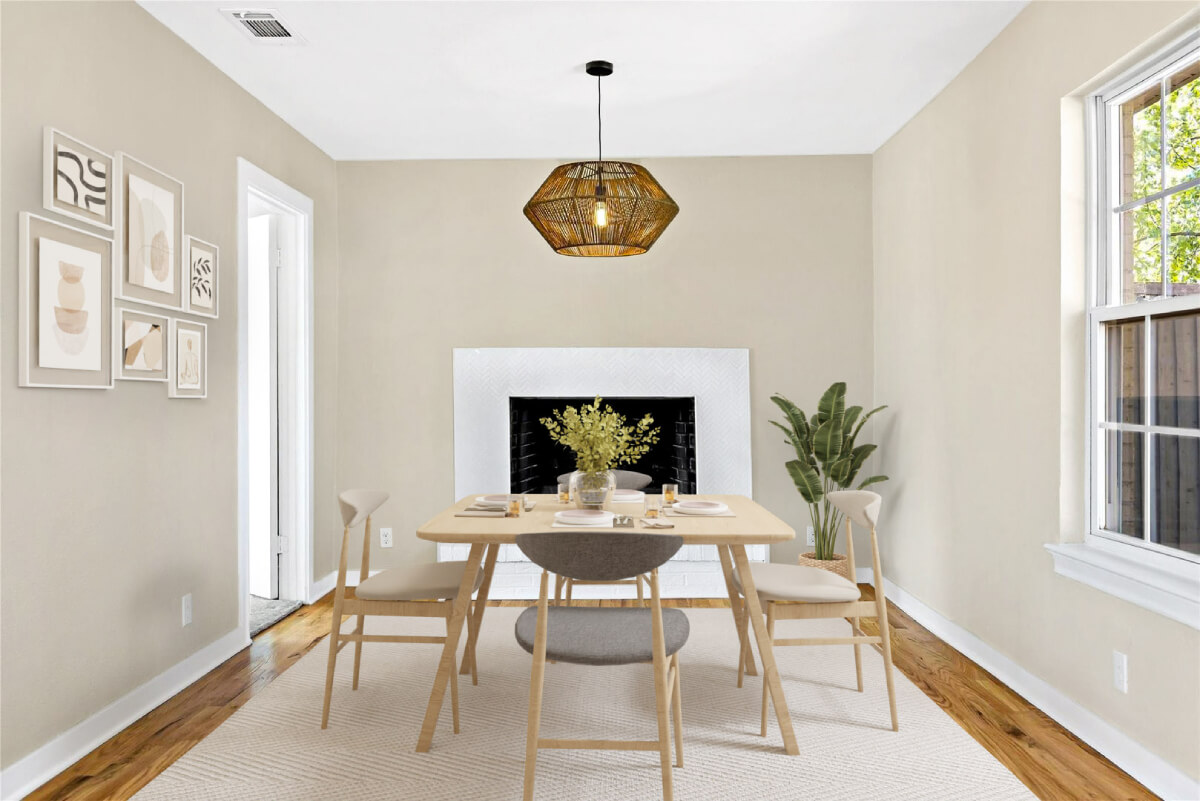
The dining room embraces Scandinavian style by incorporating minimalist aesthetics, a neutral color palette, and bold accents. This creates a harmonious blend of simplicity and visual excitement, creating a functional and visually appealing dining space.
When to Use the Scandinavian Style?
Scandinavian design is loved by many homeowners and designers alike due to its clean lines, minimalist approach, and focus on functionality. Here are a few characteristics of homebuyers who are most likely to be attracted to the Scandinavian style:
Minimalism enthusiasts
The Scandinavian style is a minimalist approach that appeals to those who seek simplicity and a sense of calm in their surroundings.
Nature lovers
Scandinavian style emphasizes natural materials, organic shapes, and connection to nature, attracting those who value the serenity and beauty of natural elements. It is a harmonious blend of nature and design.
Fans of functionality
The Scandinavian design focuses on functionality and efficiency, with the purposeful design of furniture and objects to satisfy those seeking aesthetic appeal and usability in their living spaces.
Design enthusiasts
People passionate about design and aesthetics are drawn to Scandinavian style due to its timeless elegance, attention to detail, and refined simplicity.
Light and airy ambiance seekers
Individuals who prefer bright, open spaces love the Scandinavian style. Its great natural light, color palettes, and large windows create an airy atmosphere that fosters a sense of well-being and positivity.
Cozy comfort seekers
Despite its minimalism, Scandinavian style embraces a sense of warmth and coziness. Soft fabrics, warm lighting, and the general hygge-inspired vibe of Scandinavian homes provide comfort to those seeking a cozy and friendly setting.
Sustainable living advocates
Scandinavian style emphasizes natural materials and eco-conscious practices, attracting individuals who prioritize sustainability and environmentally friendly choices. It uses responsibly sourced materials to create a more sustainable living environment.
Contemporary design enthusiasts
Scandinavian design is often appealing to those who love contemporary styles in interior design. Its combination of sleek modern elements with timeless appeal offers a design aesthetic that is both current and enduring.
Final Word
Scandinavian style in virtual staging transforms property presentations, creating visually stunning and immersive environments. Its minimalism, functionality, and connection to nature captivate potential buyers and evoke a strong emotional connection. By embracing clean lines, neutral palettes, natural materials, and abundant natural light, virtual staging professionals bring empty spaces to life, making them visually appealing and memorable. Virtual staging with Scandinavian style showcases the timeless elegance and harmonious aesthetics that resonate with viewers, enhancing the overall desirability of properties.


